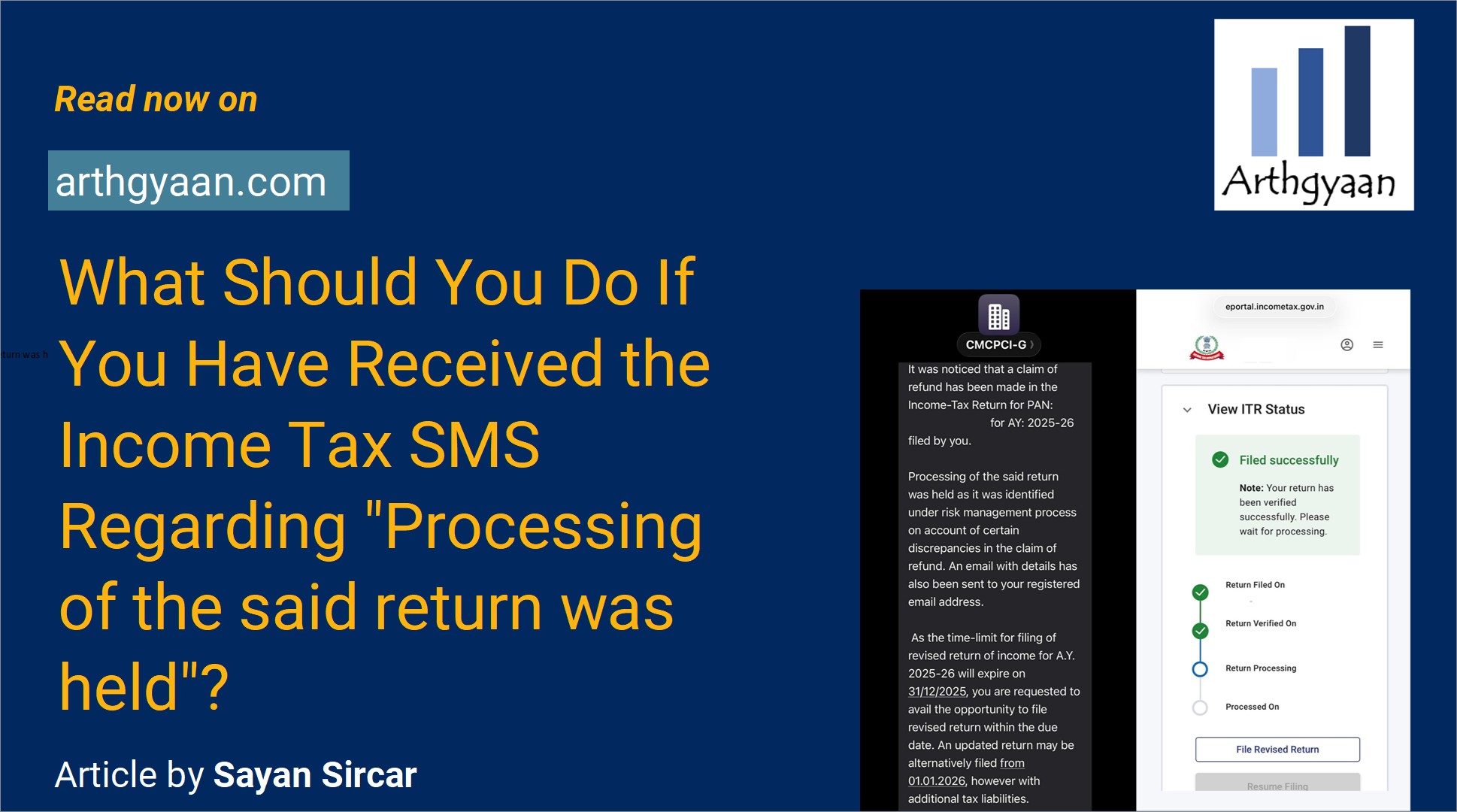I am 45 years old and have not invested before. How do I start now?
This post shows how investors who are new to goal-based investing can get started near the mid-point of their careers.
This post shows how investors who are new to goal-based investing can get started near the mid-point of their careers.

There are many reasons why investors get started late with goal-based investing. It could be due to lack of knowledge, lack of planning or lack of time. As per our post on life-stage investing, at this point, there would be some assets created. We will use this asset base to start investing.
Let us say that the retirement expense figure and related assumptions are
Using the online Goal-based Investing calculator with these assumptions leads to
| Goal | SIP | Equity SIP | Debt SIP | Equity Lump sum | Debt Lump sum | Lump sum |
|---|---|---|---|---|---|---|
| Retirement | 1,35,020 | 79,604 | 55,416 | 80.19 | 54.81 | 135.00 |
| UG College | 57,388 | 15,265 | 42,123 | 1.08 | 2.92 | 4.00 |
| Marriage | 0 | 0 | 0 | 12.60 | 8.40 | 21.00 |
| Total | 1,92,408 | 94,869 | 97,539 | 93.87 | 66.13 | 160.00 |
| Goal | SIP | Equity SIP | Debt SIP | Equity Lump sum | Debt Lump sum | Lump sum |
|---|---|---|---|---|---|---|
| Retirement | 1,35,020 | 79,604 | 55,131 | 80.00 | 61.00 | 141.00 |
| UG College | 14,980 | 14,980 | 0 | 0.00 | 0.00 | 0.00 |
| Marriage | 0 | 0 | 0 | 0.00 | 19.00 | 19.00 |
| Total | 1,50,000 | 94,869 | 55,131 | 80.00 | 80.00 | 160.00 |
Notes:
Please refer to this post for a more extended discussion of goal-prioritization: retirement vs children’s goals.
At all times, ensure that you have the following in place
We have not discussed what to do with the other significant investments, which would be real estate. These would be:
Use the online Goal-based Investing calculator and check if it makes sense to hold on to the real estate asset or not. The calculator will take the post-tax sale proceeds value in the lump sum field.
Once you start investing,
Further reading:

Published: 23 December 2025
6 MIN READ

Published: 18 December 2025
8 MIN READ
1. Email me with any questions.
2. Use our goal-based investing template to prepare a financial plan for yourself.Don't forget to share this article on WhatsApp or Twitter or post this to Facebook.
Discuss this post with us via Facebook or get regular bite-sized updates on Twitter.
More posts...Disclaimer: Content on this site is for educational purpose only and is not financial advice. Nothing on this site should be construed as an offer or recommendation to buy/sell any financial product or service. Please consult a registered investment advisor before making any investments.
This post titled I am 45 years old and have not invested before. How do I start now? first appeared on 03 Sep 2021 at https://arthgyaan.com